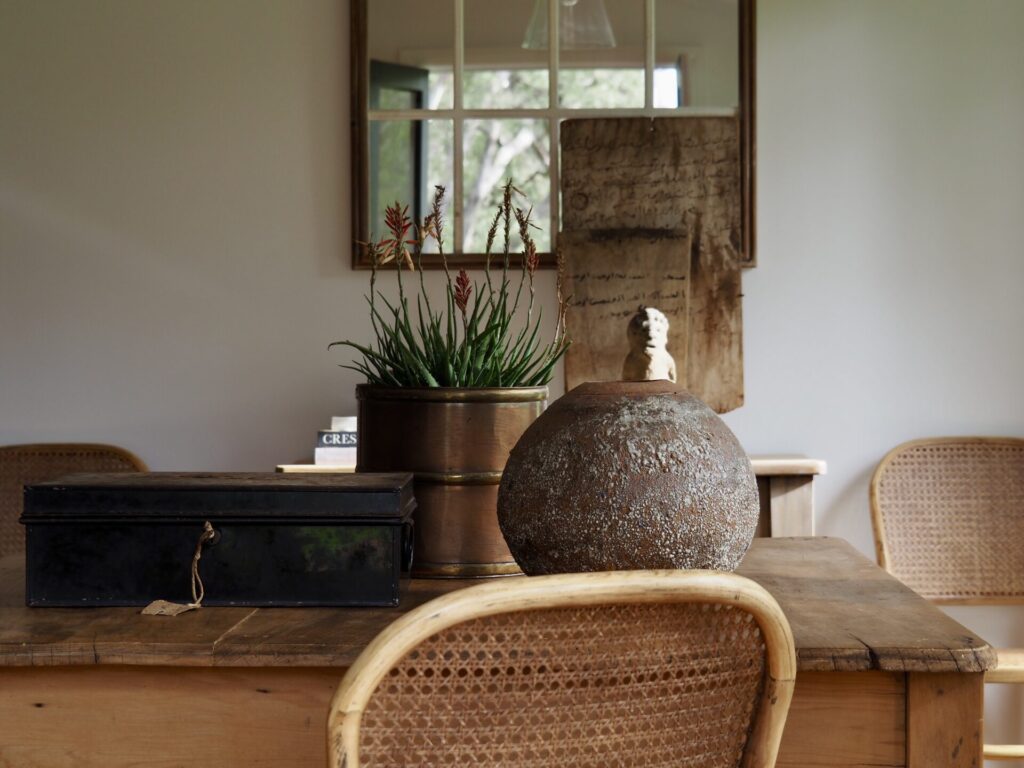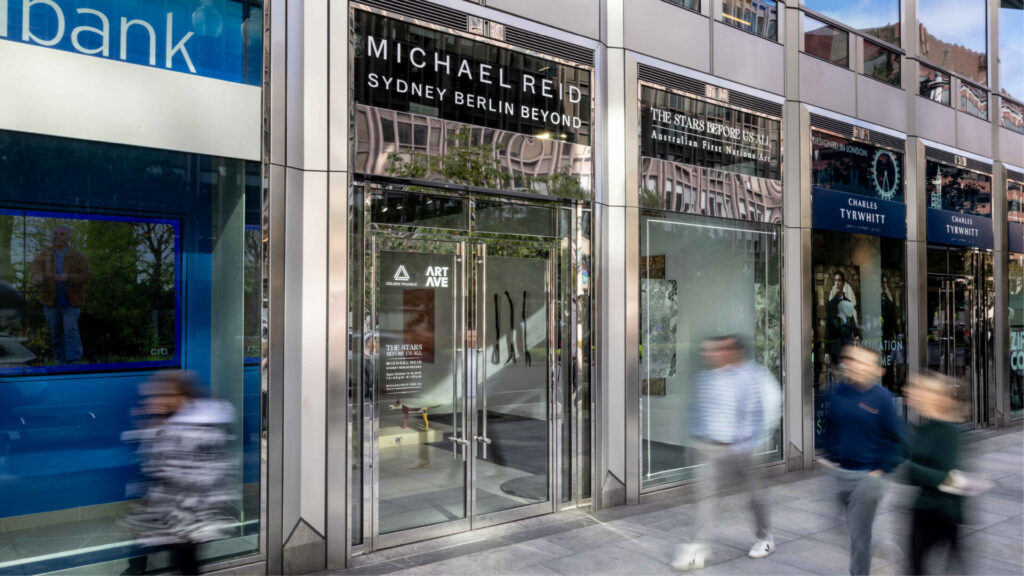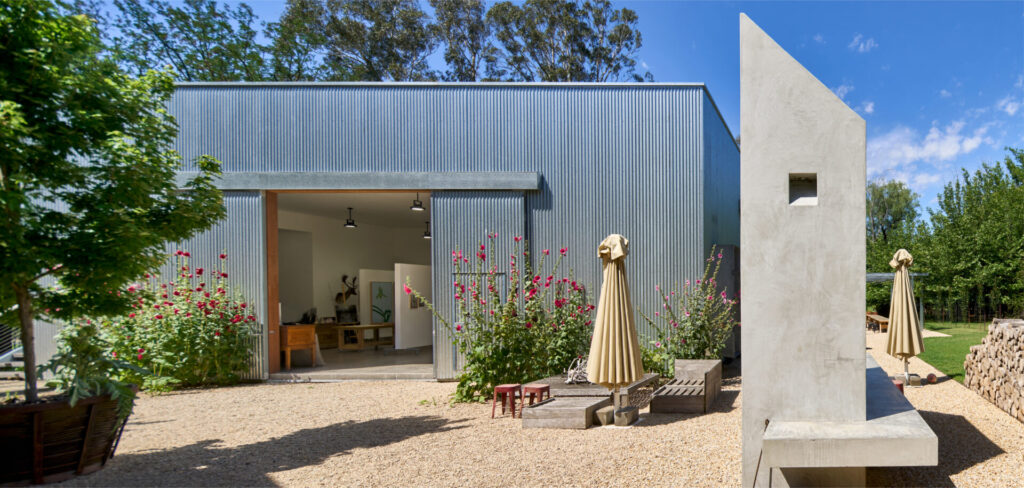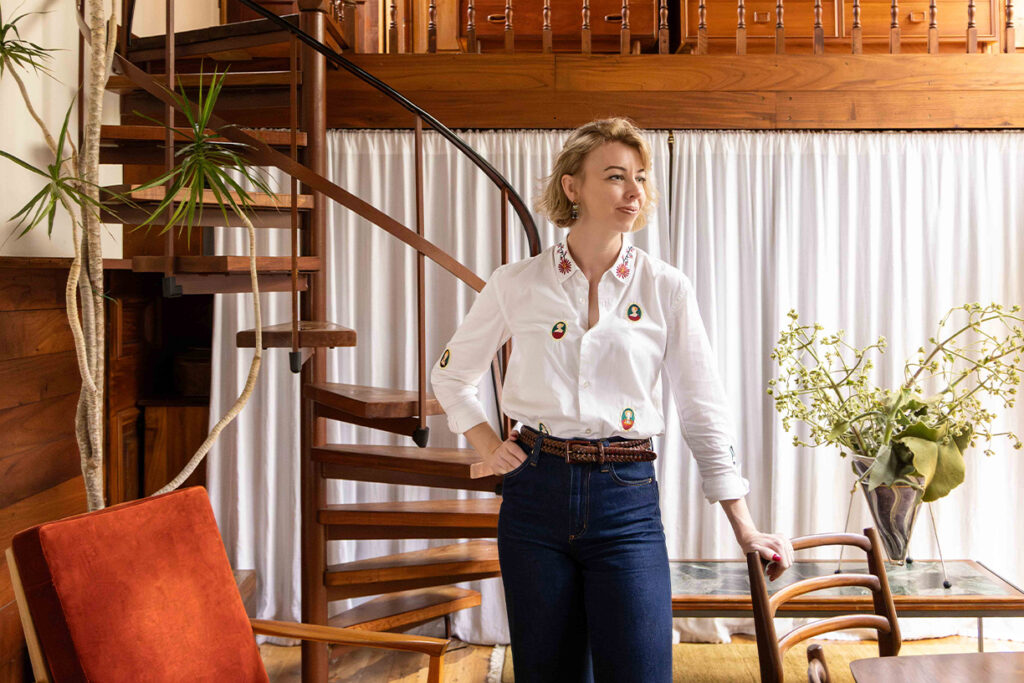Murrurundi to Matino: with Jason Mowen
Life has changed quite a bit since Jason Mowen appeared in our second ever edition of the Murrurundi Argus.
After finding himself based more permanently in Murrurundi as COVID struck, the direction of his life has shifted even further, leaving behind a career as an interior designer in Darlinghurst and meeting the re-opening of international borders with the beginning of a new chapter, a life of travel.
Words & Photography Jason Mowen.
Work wasn’t going well in 2019, so I decamped to a crumbling but gorgeous cottage in Murrurundi. It was a surreal time – the height of the bushfires, Murrurundi was out of water and I had a relatively large kangaroo living in my garden – although the move meant that I was perfectly positioned when covid struck. The biggest shift, though, removed from the stress of city life, was being able to process and overcome a series of emotional obstacles, clearing space for a new path that would reveal itself to me two years later.
It happened one morning in October. I woke up and decided from one moment to the next that I would quit interior design, launch a blog and devote my life to travel. A strange business plan considering borders were locked at the time, but I was already writing about art and design for a couple of magazines and thought maybe they would let me switch subjects. Either way it seemed I had nothing to lose and set about researching and crafting an exquisite travel blog. The overlapping themes would be art, design and culture, with a focus on solo travel and avoiding the crowd. I went back through decades of adventure, pursuing leads in my mind for potential content to launch the new website until I could actually travel again, although what I really needed was my first confirmed story.
After a couple of months I had an idea. Bangkok’s long-forgotten riverside districts had experienced somewhat of a renaissance and with our border set to reopen, I felt this would be of interest to Australian readers. I pitched the idea to WISH editor, David Meagher, who to my delight said yes, and scraped together my Qantas points to get one of the last available seats to Bangkok and then Rome.


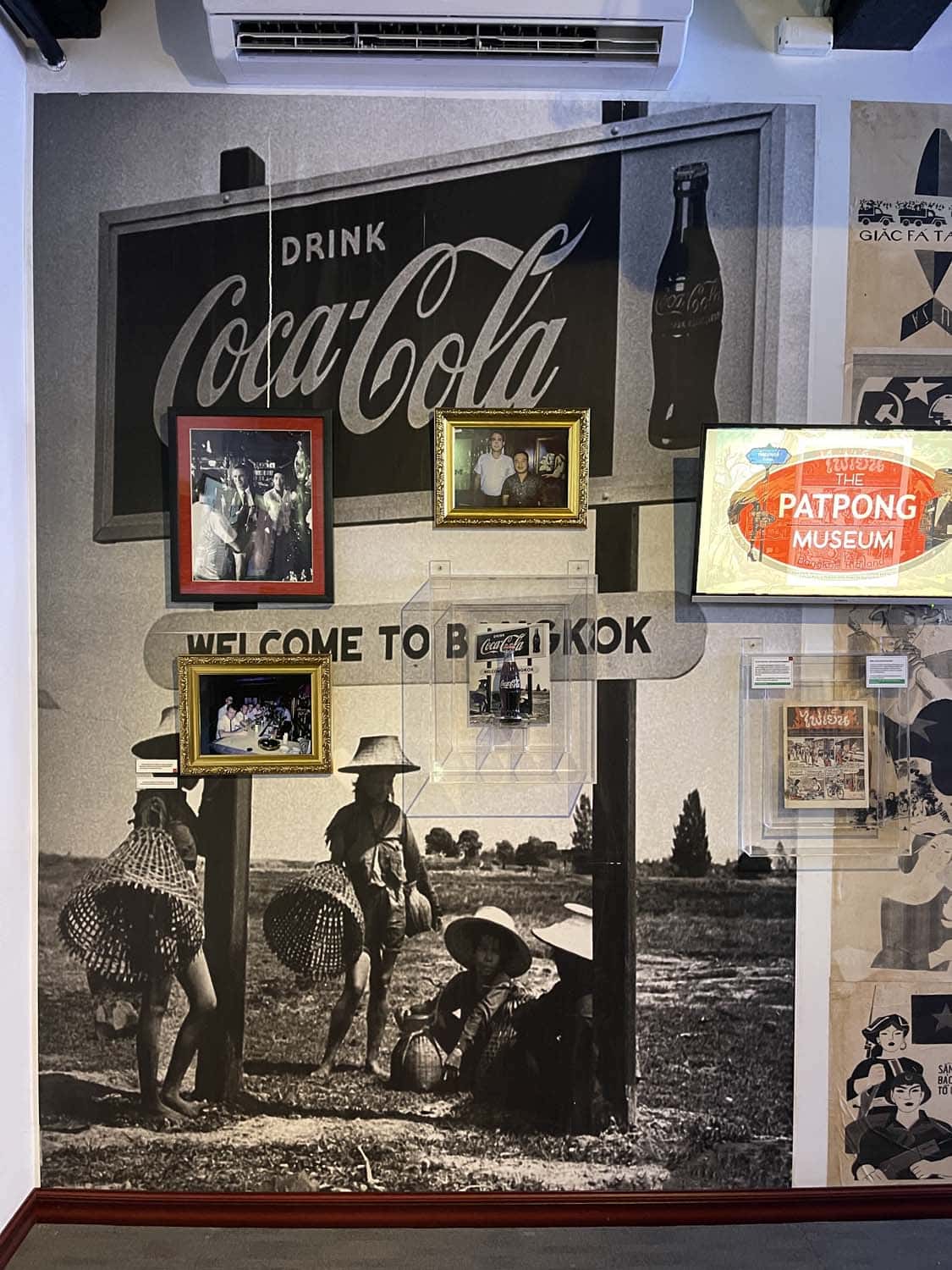
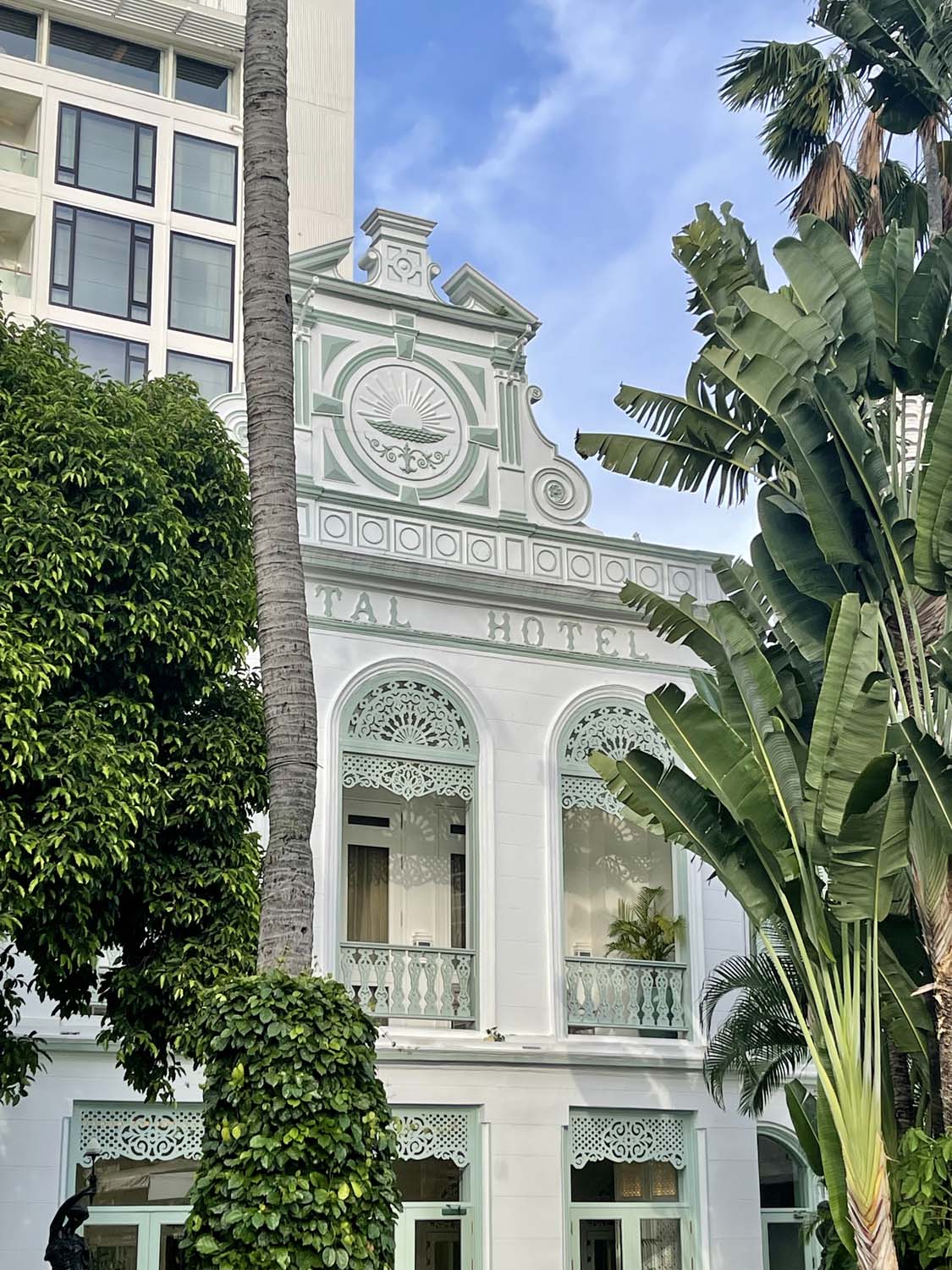

Travelling internationally from Murrurundi is a slightly more laborious affair than the quick taxi, Darlinghurst to the airport, that I was used to. There’s the four-plus-hour train ride to Sydney and at least one night in a hotel, although international flights in and out of Newcastle are slated to commence in 2024. I loved to travel alone and have friends in most ports but after nearly three years as a complete recluse, I wondered if I still had it in me to get out there and forge the necessary relationships to put this and other travel stories together. And paradoxically, after so long galavanting around the world, would I still be happy living in Murrurundi upon my return?
To spend a month in one place, especially with creative purpose, is a marvellous experience but to do so in what is arguably the most beguiling city on the planet is an adventure off the charts. If I never got another travel writing gig in my life I would have had the most satisfying career from this one gig in Bangkok, a crucible of spirituality and seduction against a backdrop of ancient culture, street-food carts and futuristic skyscrapers straight out of Blade Runner. One minute you’re stepping back into past centuries, exploring otherworldly canals and alleys on the Thonburi side of the Chao Phraya River. Next you’re sitting cross legged in a temple, carried away by the chanting of orange-robed monks. Then you’re gliding down the river on a longtail boat, the Bangkokian gondola, perhaps on your way to watch the sunset from a shanty-like speakeasy overhanging the river, delicious cocktail in hand.
Back to a fabulous riverside hotel – from The Siam to the Oriental, the just-opened Capella and Four Seasons Chao Phraya, Bangkok’s accommodation offerings are amongst the most dazzling in the world. And then out into the night as boiling temperatures drop slightly and the streets become ever more animated and alive.

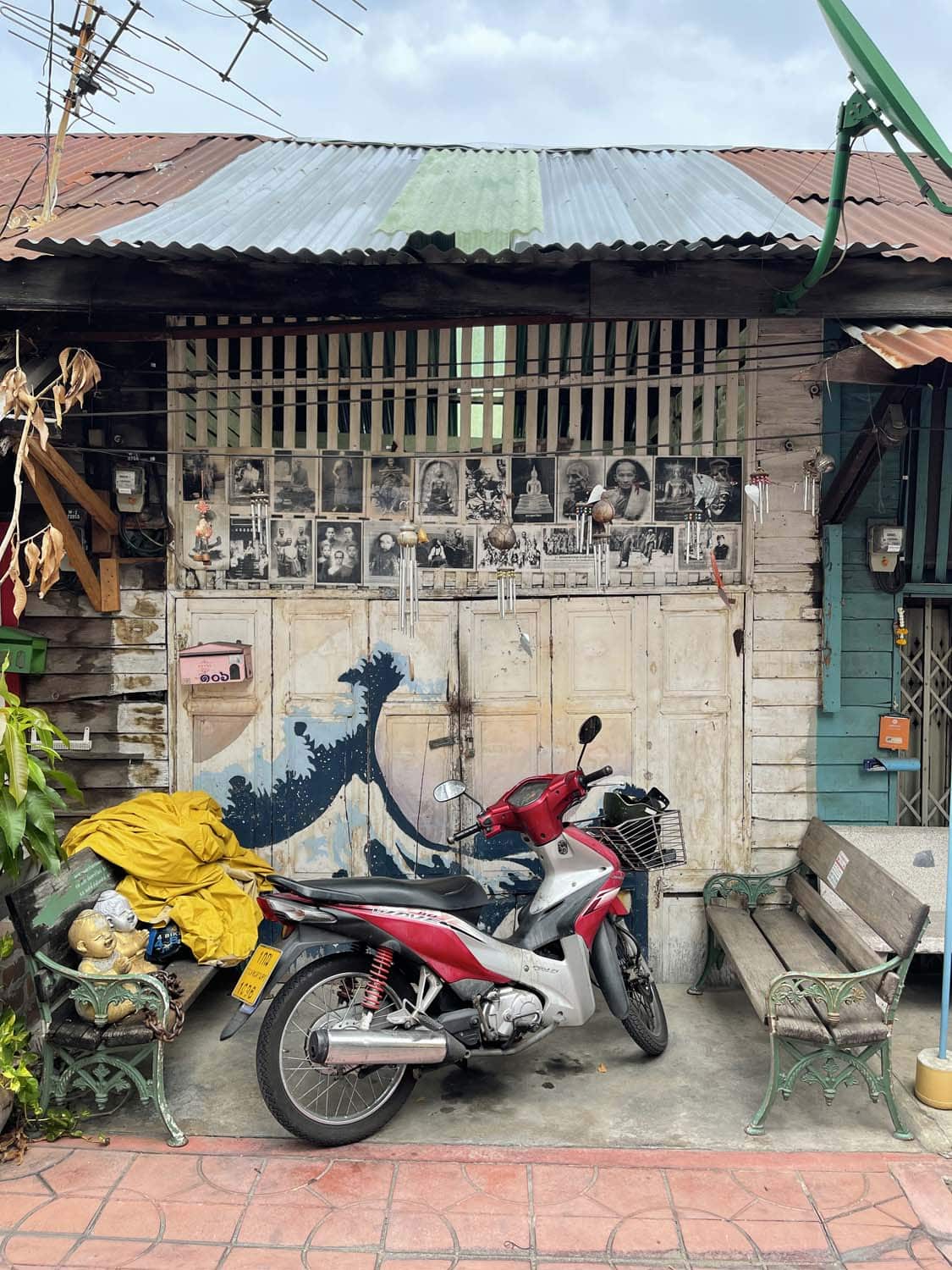

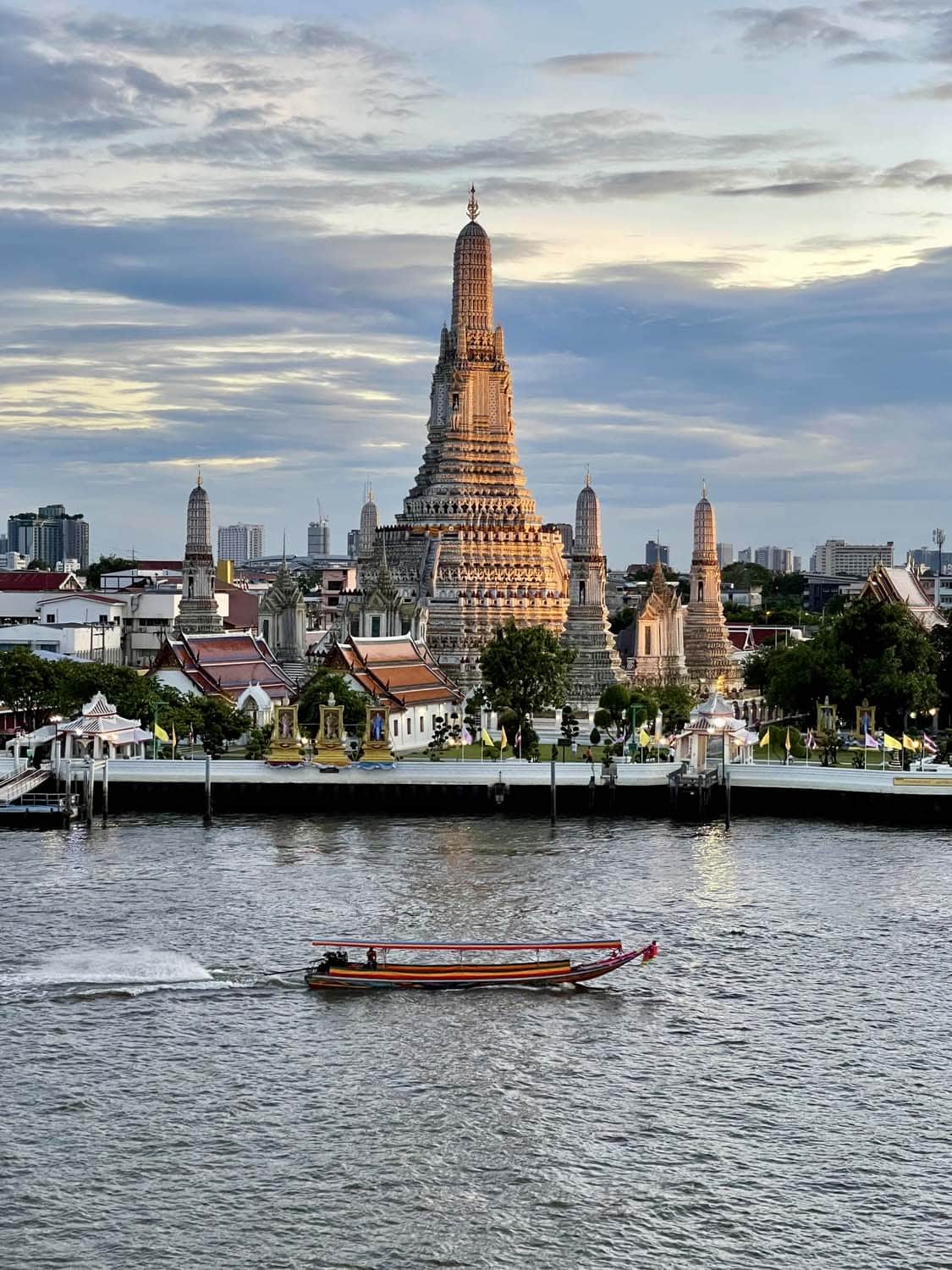


A couple of Italian stories had been given the green light by the time I arrived in Rome. First up was The Hoxton, a new hotel interesting in both its location, on the border of authentic Salario and upmarket Parioli, as well as its quirky style. I was tired, had loads of work to catch up on and my head was reeling from the month in Bangkok but I was determined to also tick a few unseen Roman jewels off my list. I’d just read Peter Robb’s M so there were the Caravaggios at the Musei Capitolini as well as his mind-blowing cycle of Saint Matthew paintings at the Contarelli Chapel. What was very special, though – in no small part because it was virtually empty – was Centrale Montemartini, an early 20th-century power station made over as a gallery to house surplus sculpture from other museums. It may have been the B-team but the synergy between the sculpture and the industrial machinery was fantastic.
I caught up with a local antique dealer friend of mine the following day, to wander through Porta Portese flea market before lunch at Ai Spaghettari in Trastevere. I mentioned my discovery. “Centrale Montemartini is one of the most fabulous places in Rome but no one goes there,” he said. Except the French. For some reason they love it.

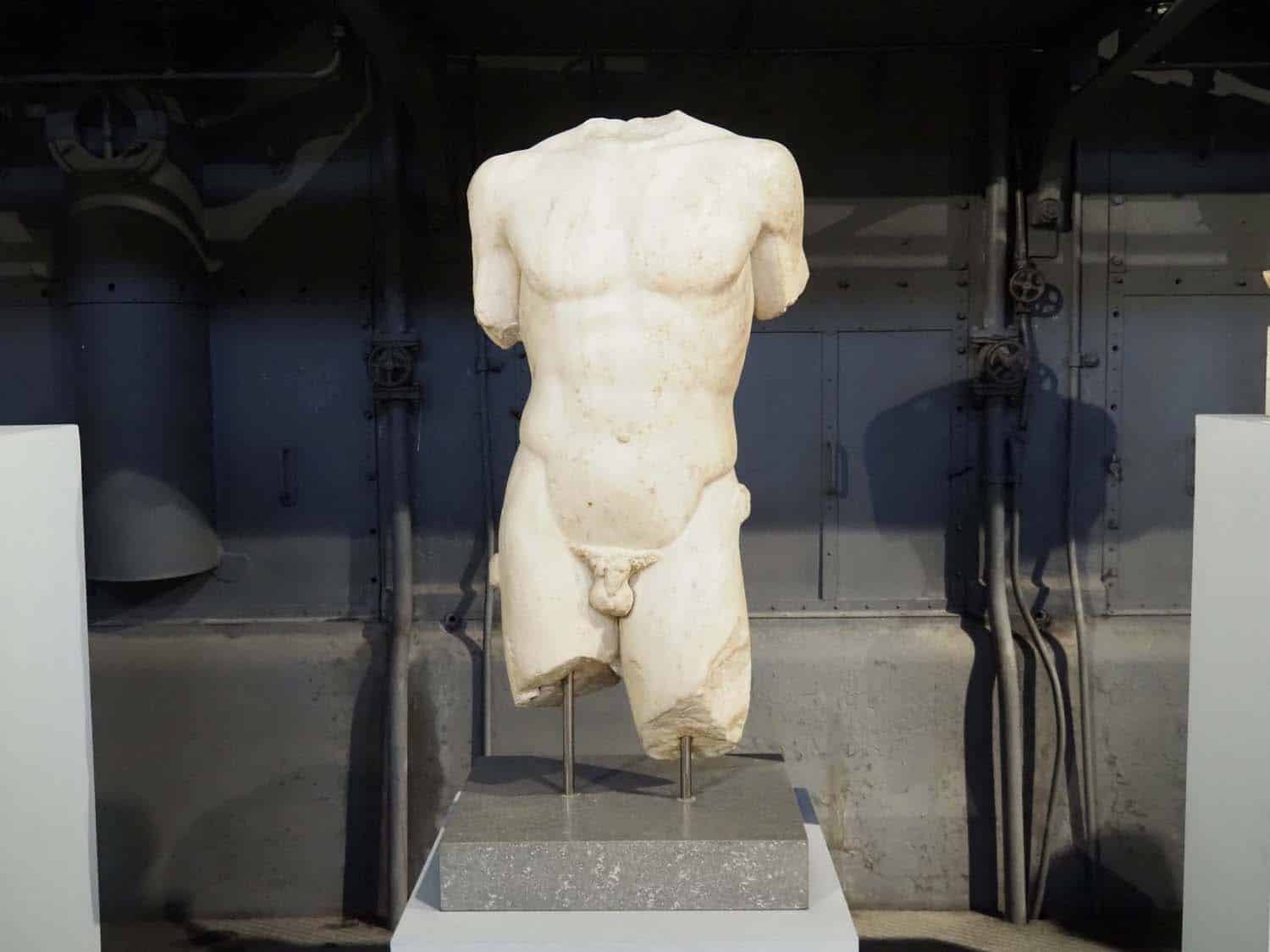
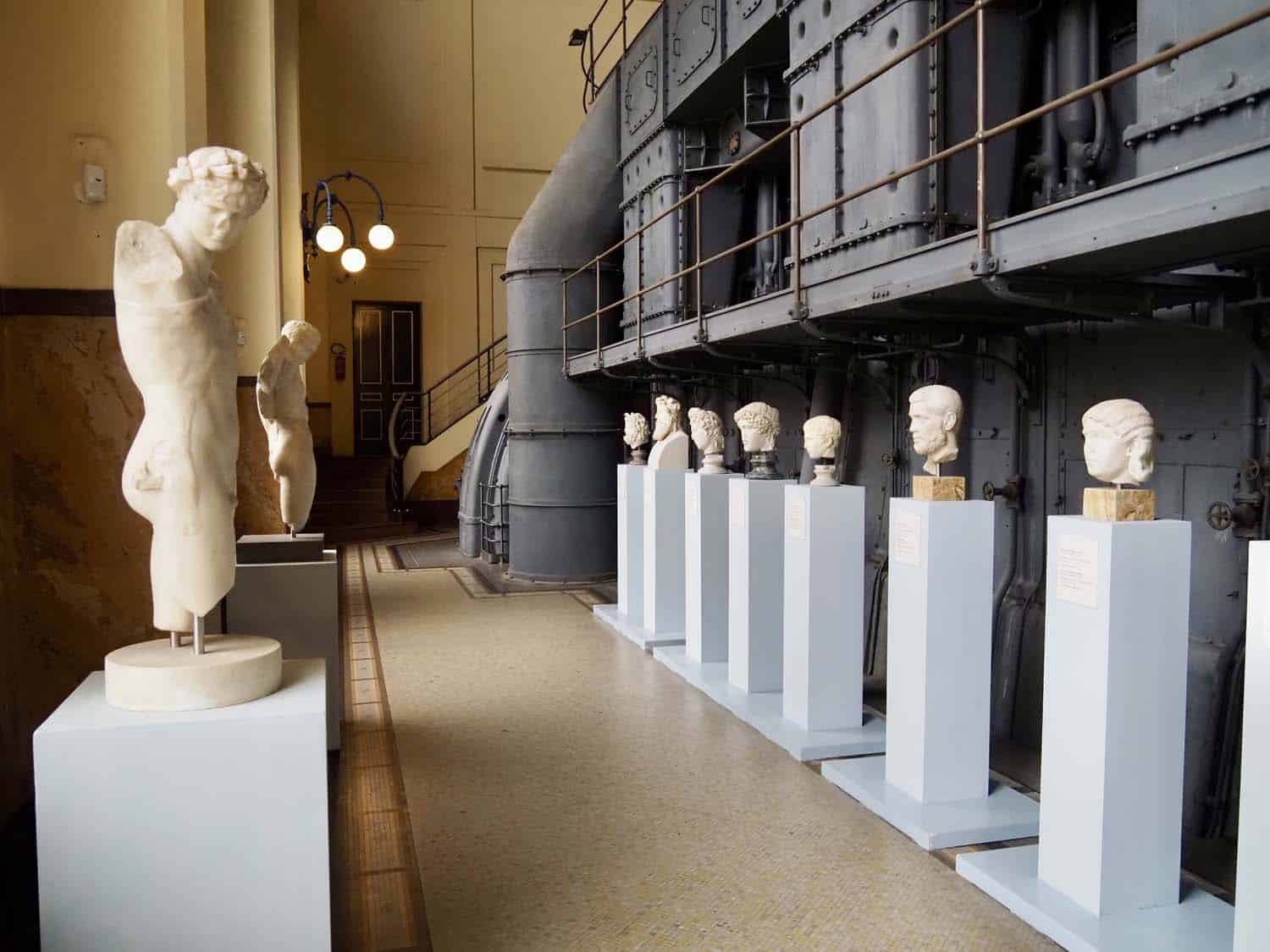
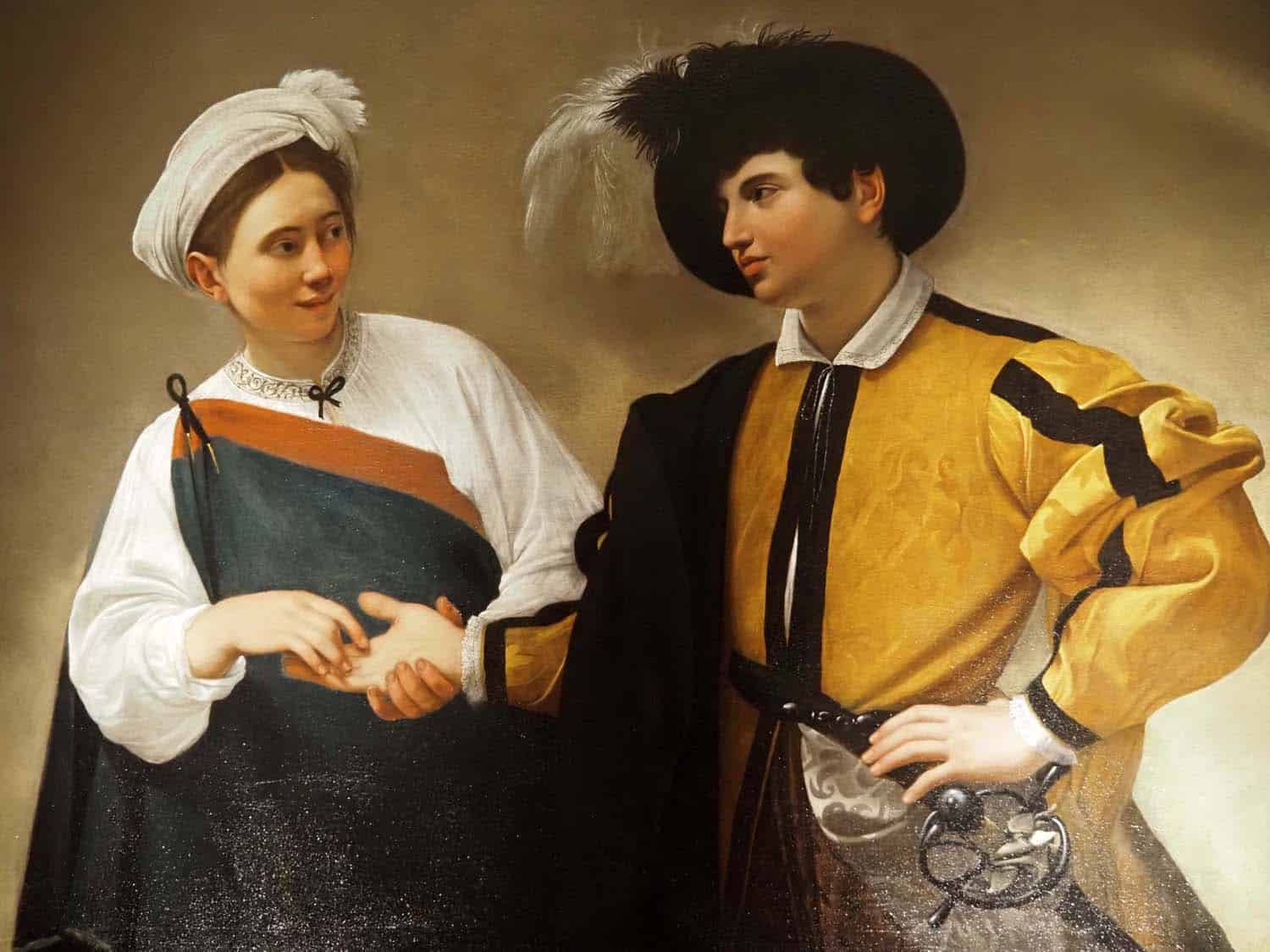
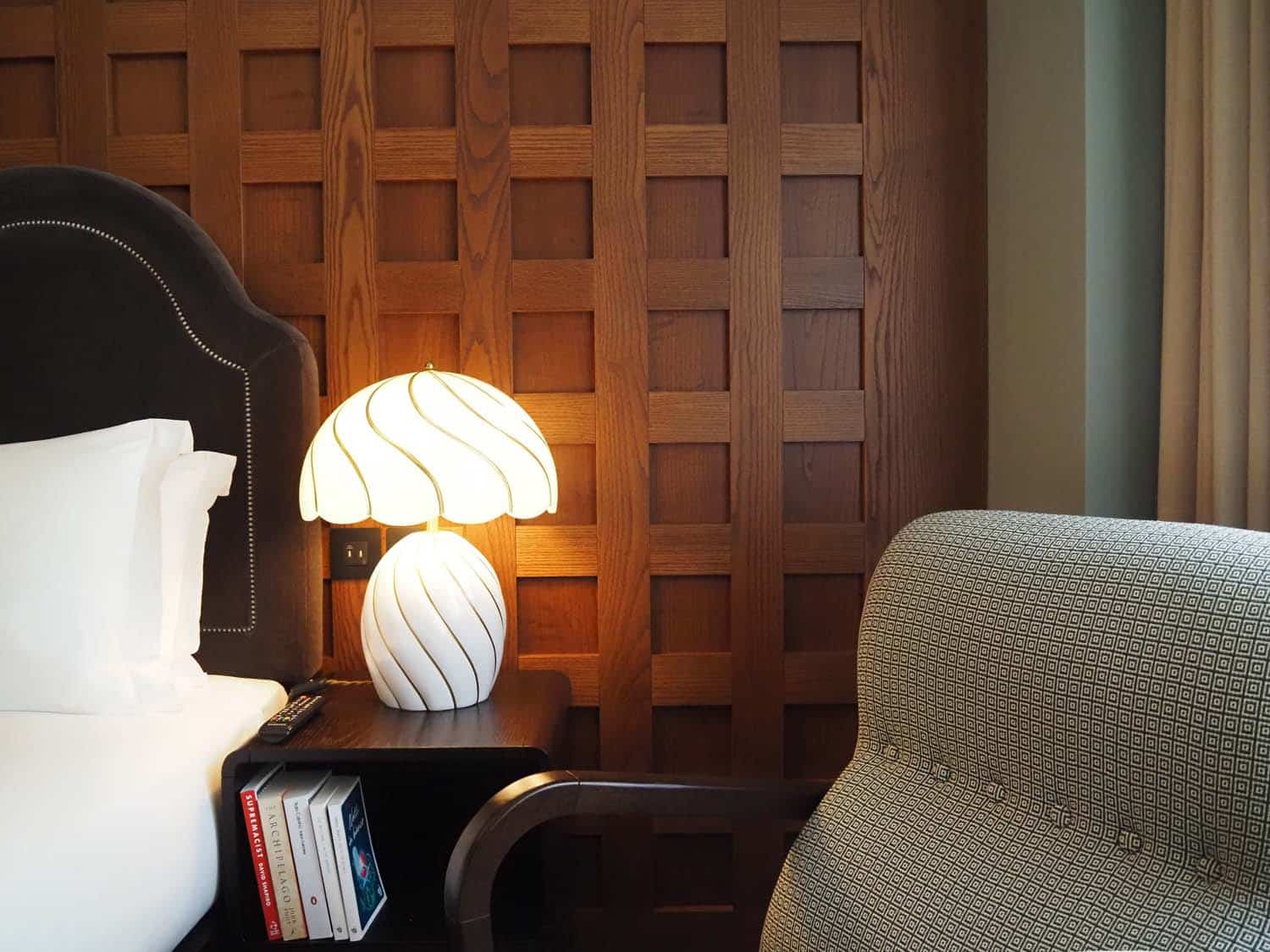
The following day I took the train to Lecce and then drove a hire car to Matino, where I would spend the next two-plus months. I’d received a tiny inheritance before covid and rather than do something sensible like restore the crumbling house I already had, I bought another one in the tough and worn heel of Italy’s boot. I’d made one trip to find it, another trip to take possession and furnish it and then another to enjoy it. Then covid hit and nearly three years passed before I could return. There had been moments of delayed buyer’s remorse – the house had been broken into while I was away on top of other tedious complications – but as I parked in the cobbled street and dragged my suitcase through the front door, all regret evaporated.
From what I’ve been able to glean from local historians, the house – of which I have the back, older half – was built over the course of around 250 years, beginning c.1600 with the ground-floor entrance, originally one of the “seven chapels of Matino”. It doubled as the district hospital for the poor and a rest stop for travellers making their pilgrimage to Santa Maria di Leuca. Unwed mothers would leave babies on the doorstep to be raised by the nuns, one of whom, according to local legend, grew up to be the town mayor. Rooms with high vaulted ceilings – a mix of “imperial”, “barrel” and “star” – were added piecemeal in the 17th and 18th centuries. Then, in 1850, the Spanish “de Maria” family added a final suite of rooms and a more stately facade, Puglia then being ruled by a cadet branch of the Spanish Bourbons under the Kingdom of the Two Sicilies.


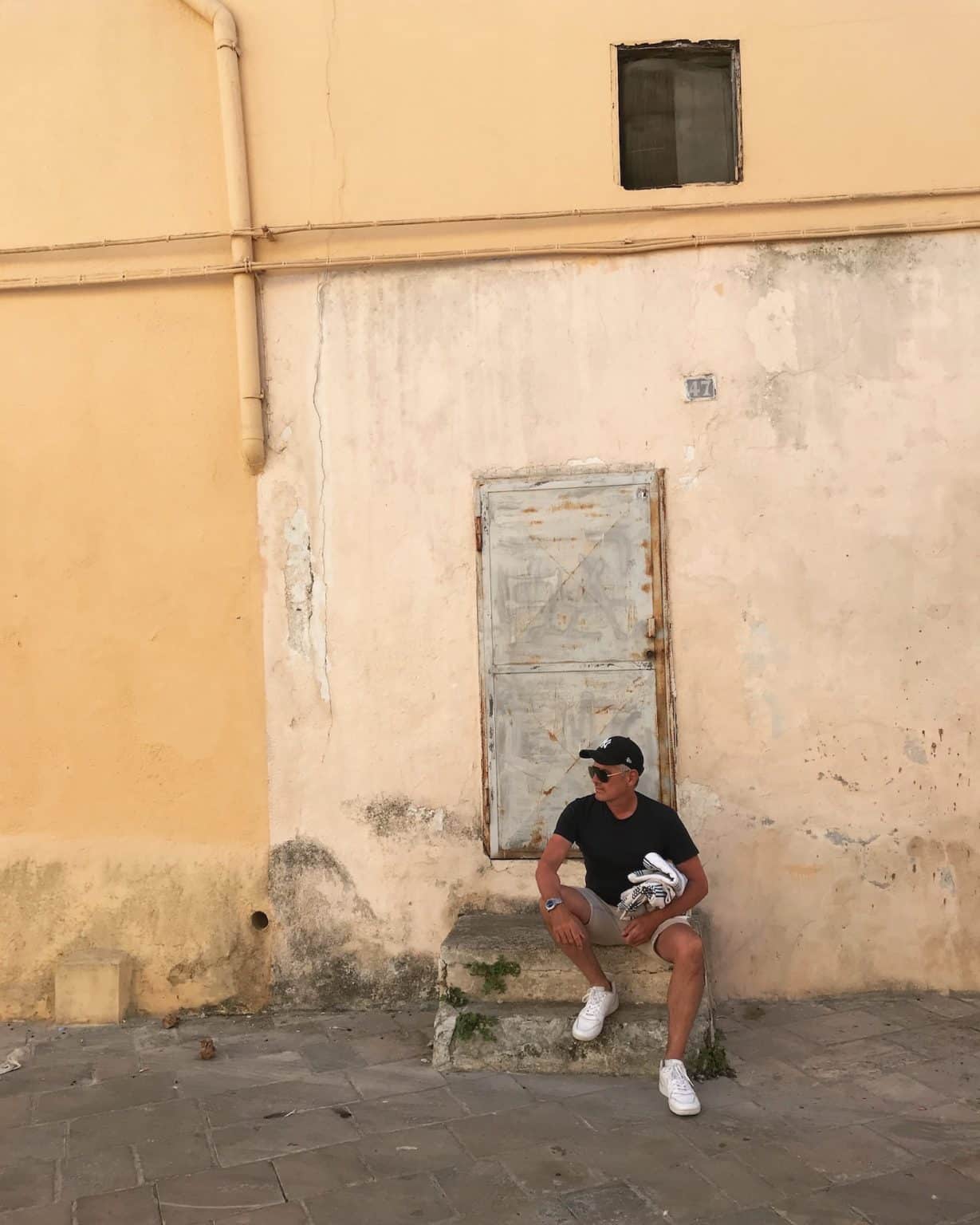
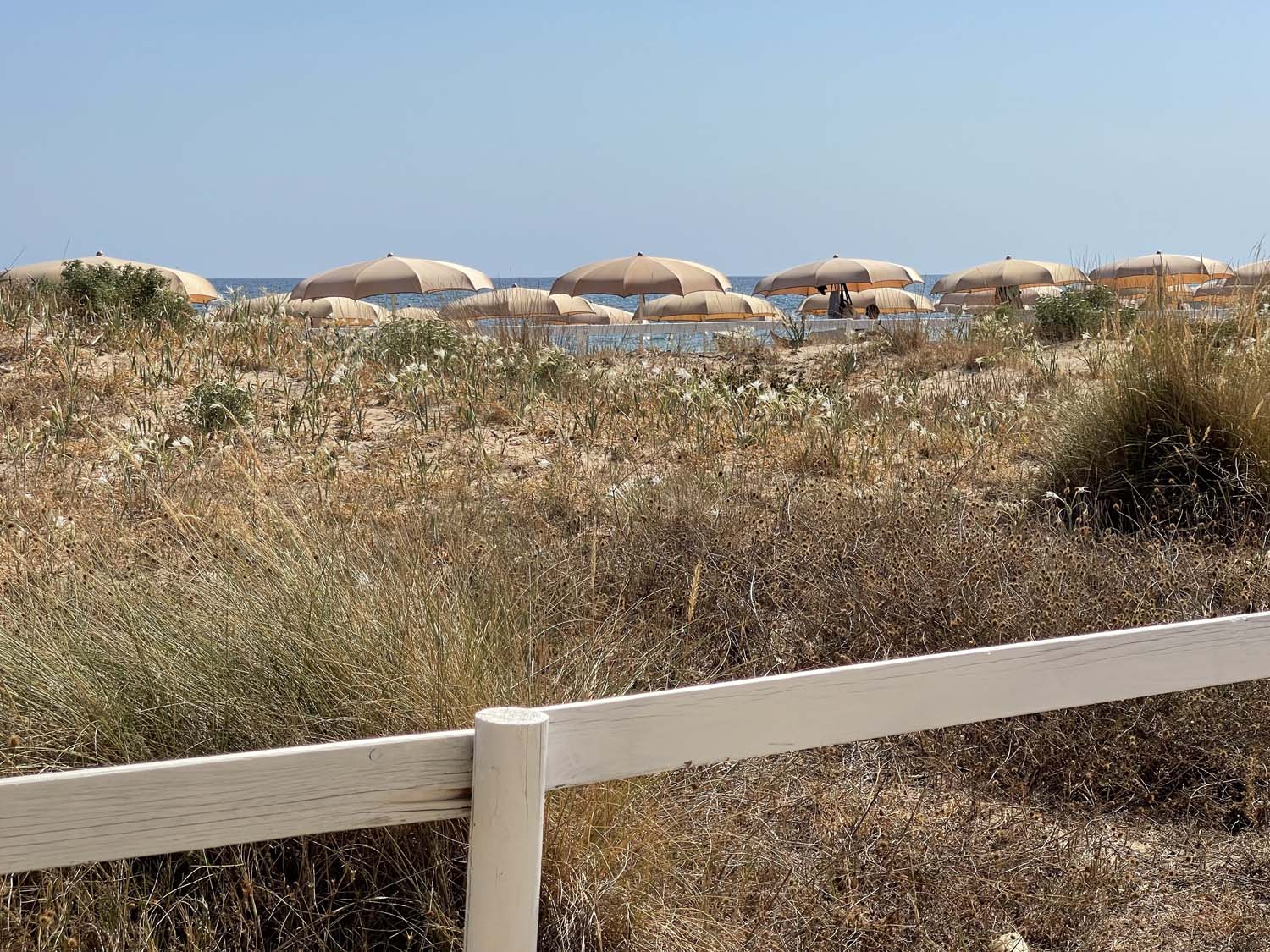

I rediscovered the house, and Matino, as I settled in to write both the Bangkok and Hoxton stories. In between I was exploring and gathering material for a forthcoming Salento story, Salento being the historic name ascribed to the bottom third of Puglia, which has its own dialect, customs and identity. I caught up with Matino friends at Caffè¨ Arco Antico or Foscolo, a restaurant and cocktail bar spilling out onto a narrow street from a beautiful palazzo. Just across the ancient cobbles is the lovely Palazzo Gentile, a four-room guesthouse with a wonderful terrace belonging to the equally lovely Carolina and Aurelian, and Carolina’s Vienna-based brother, Matteo.
When old chums from Milan and London came to stay, we’d go to the local beach, Punta della Suina, and return to the roof terrace for aperitivi to watch the sunset over the Ionian Sea. Or head across the peninsula to see the incredible 12th-century mosaic floor at Otranto Cathedral before heading down the coast to Lo Scalo, a jaw-dropping restaurant perched on a cliff overlooking the Adriatic, and afterwards diving into the deep-turquoise water where our lunch had been caught.
A writing highlight was my stay at Castello di Ugento, a sprawling and now sumptuous castle dating back to Norman times that has been in the d’Amore family for nearly 400 years. Another was Il Convento di Santa Maria di Costantinopoli, the home and guesthouse of Lord Alistair McAlpine, whose extraordinary collection includes Australian Aboriginal art, wonderful tribal textiles and a lineup of Sidney Nolans. All of which adorns the Convento’s walls, built thick five centuries ago to repel both heat and Turks, according to Athena McAlpine, the late lord’s enchanting Greek wife. And I discovered, thanks to Athena, the Byzantine frescoes covering the walls of the tiny church of Santo Stefano in Soleto, one depicting a Catholic monk as the devil as Salento had been – and the artist obviously was – Greek Orthodox.
The heel of the boot is a summer playground for both Italians and Europeans from colder corners, who consider the peninsula’s beaches to be amongst Italy’s finest. But to have magnificent Byzantine art such as this only 20 minutes away – and then to be the only one there, to have the opportunity to commune so intimately with history – this is what I really love about Salento.

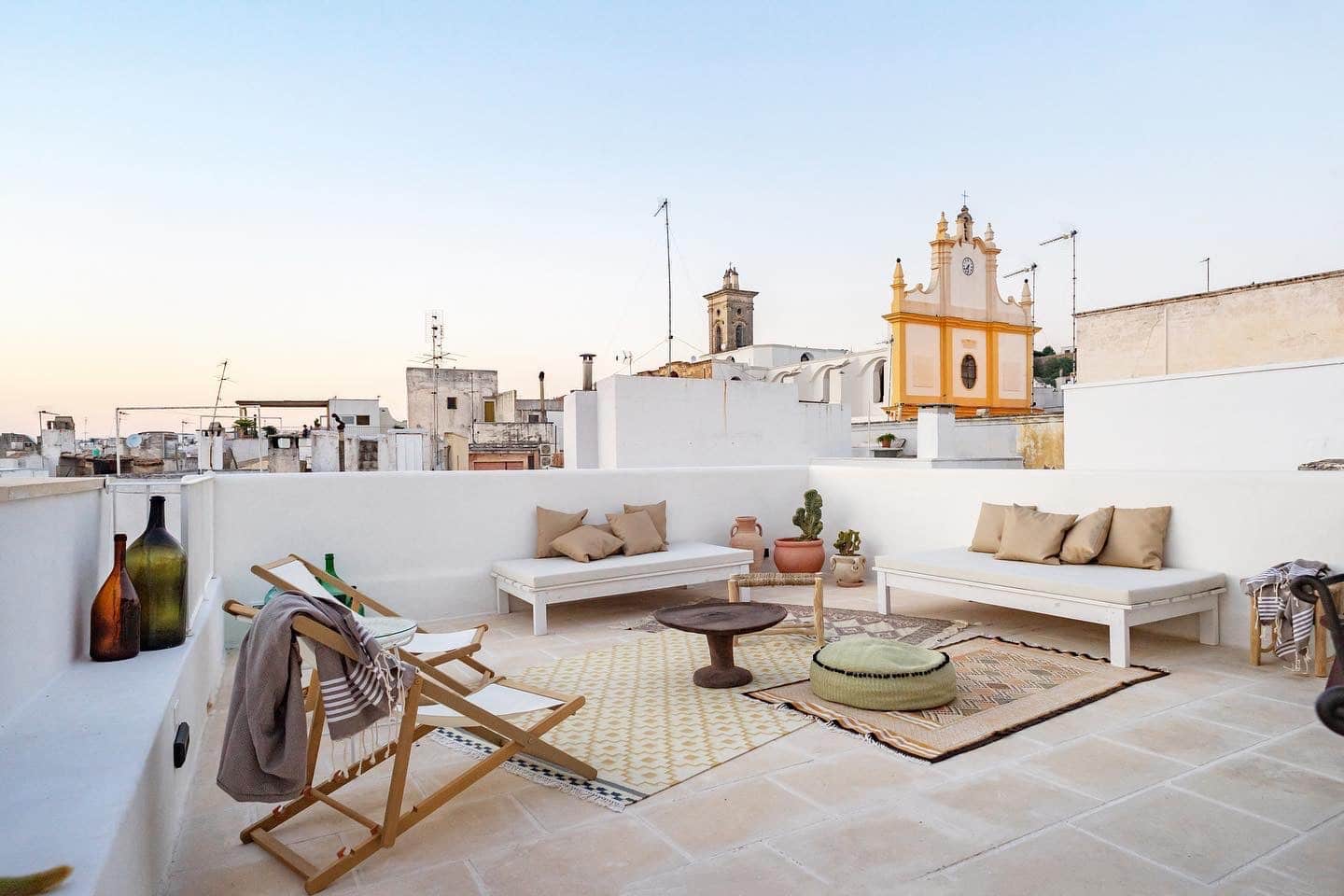


It was the final weeks of the John Craxton exhibition at the Benaki Museum in Athens and while I’d written a story on the philhellenic British artist, I’d never actually seen one of his paintings. I made a last-minute trip across the Adriatic with the view of also putting together an art-centric Athens guide for an online platform. What a city. The Greek capital gets a bad rap from a lot of Aussies, most of whom have never spent time there, but look beyond its sometimes gritty edges and the singularity of Rome or Paris can be felt tenfold in Athens. It is smaller and more provincial than its more sophisticated European cousins although for me, therein lies its charm.
Athenians are proud and industrious, and in surviving the “crisis” as they did – their recession was the longest of any advanced economy in history – their city has emerged as one of the most dynamic in Europe. The art scene is on fire, with major international galleries establishing outposts in (Gagolsian), or relocating to (Carwan Gallery), Athens. A $4.6 billion private collection of modern masters has been made public (Goulandris Foundation) while the jewels of the Parthenon are settling into their sublime new home at the base of the rock. The Acropolis Museum is in fact so sublime it reads like a template of the ideal museum of the future and makes its British counterpart, home to the looted Parthenon Marbles, seem frumpy.
Athens’ parade of museums – the Cycladic, Byzantine, Benaki, the just-renovated National Gallery and the spectacular National Archaeological Museum – is reason enough on its own to visit. Not that the Greek capital languishes on a dusty pedestal: youth culture and a vibrant emerging art scene continue to reshape the city. Add to this great design and cool hotels – Mona, Shila, The Modernist and Perianth Hotel are favourites – exceptional food and wine, amazing nightlife, the Athens Riviera and the truly wonderful Athenians who above all else make their hometown a delight.
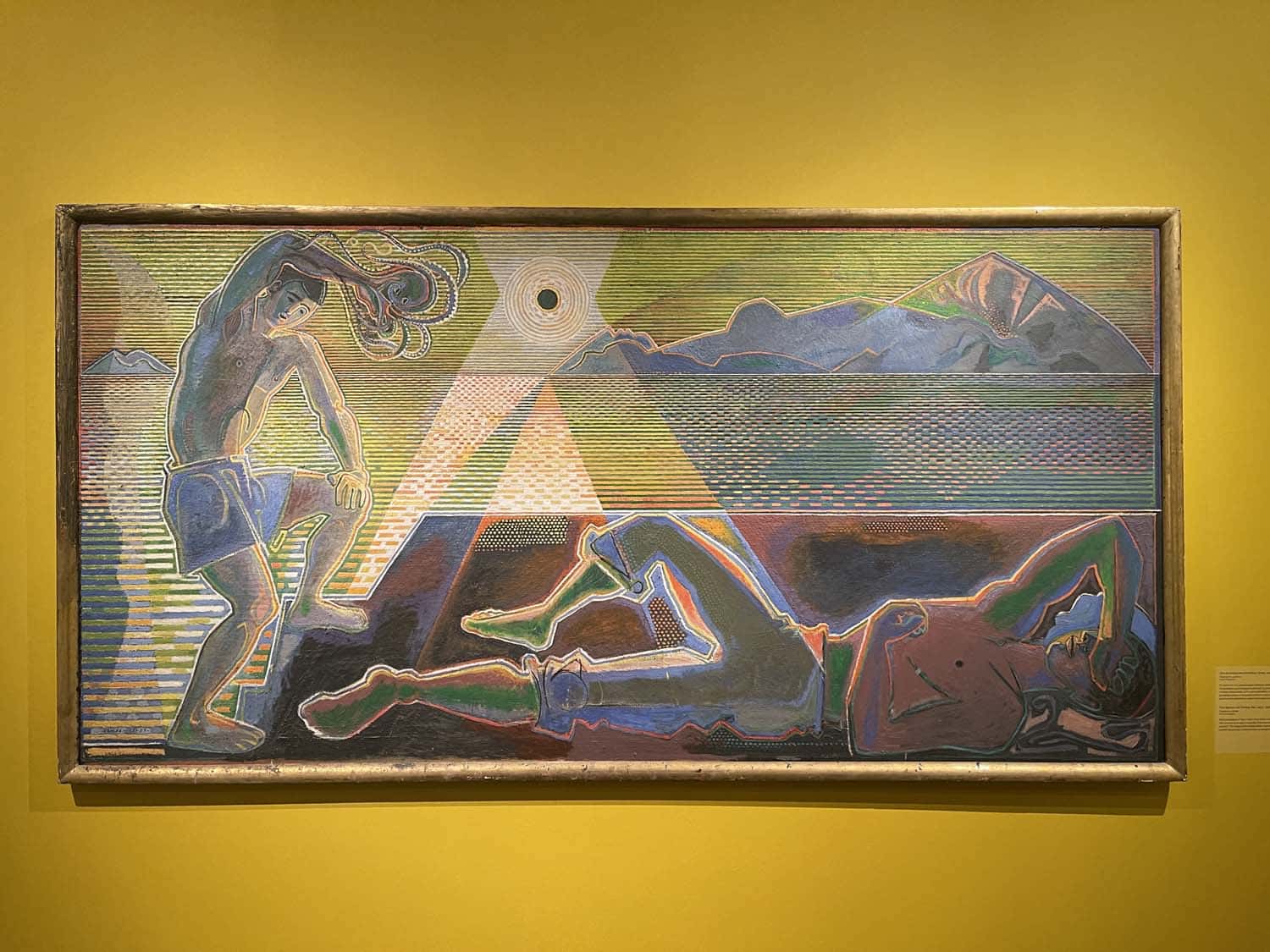

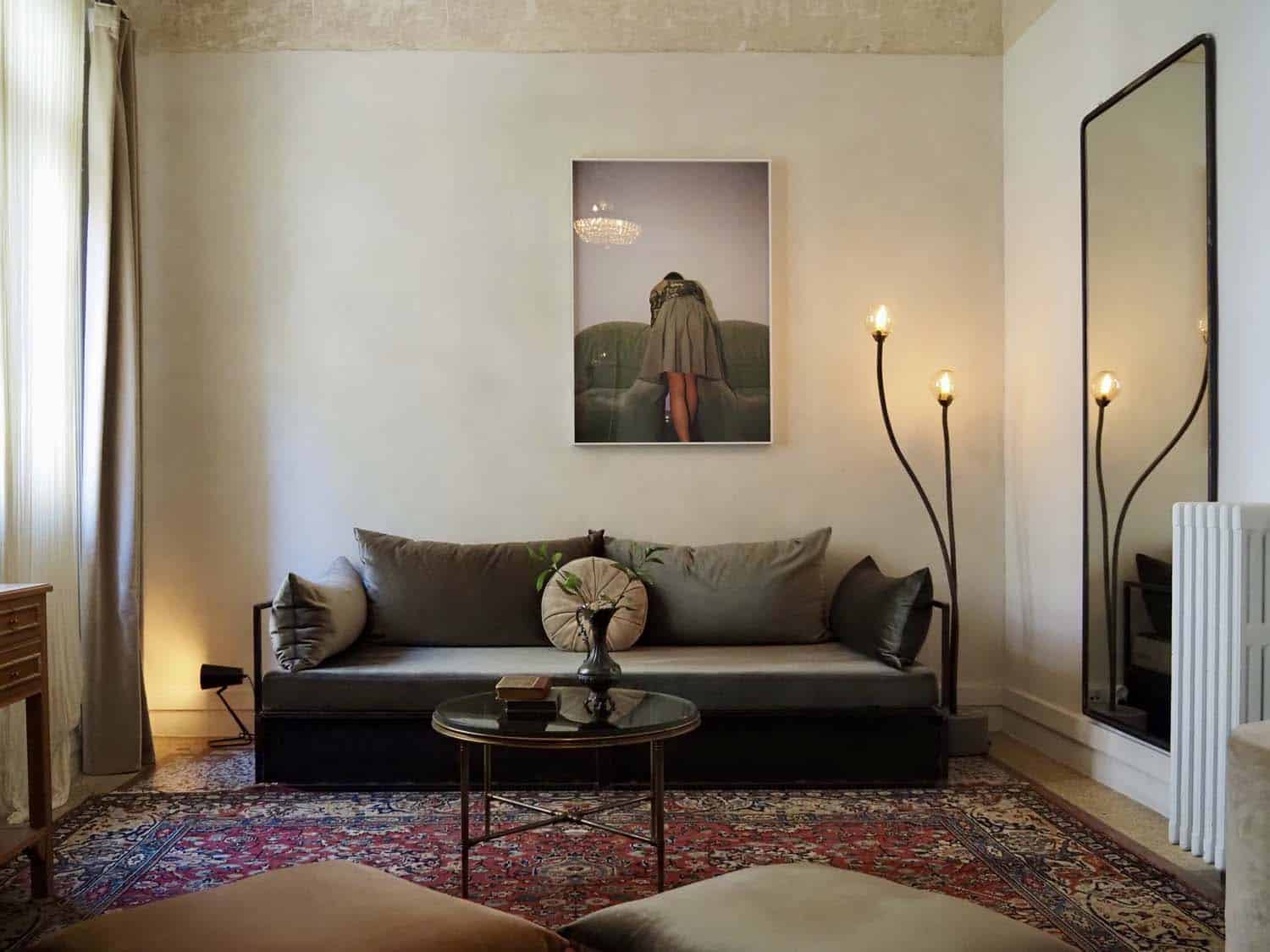






I had a day in Rome before flying home and decided to brave the Vatican Museums. Toward the end of the marathon schlep is the Gallery of Maps, a 120-metre hall lined with 40 panels that were painted by a 16th-century friar, charting the ancient regions of the Italian peninsula. The first map was “Salentum” and there it was with an extra “t” – Mattino. A circle was closing, for now, and it was time to go home.
I held back tears of joy five times along my journey. The first time was leaving Bangkok as I processed my stay, a rich and life-changing experience. The next was walking out of the airport in Athens and seeing those fabled hills bathed in Attica light, as pristine today as they surely were at the time of Achilles. I had the same feeling entering the Craxton exhibition and coming face to face with his self portrait. And then again walking across the tarmac to the blue-and-white Aegean Airlines plane that would take me back to Rome, soaking up the last of that pure Greek sunshine and contemplating what turned out to be the highlight of the trip. The fifth time was the final leg of the journey, slicing through the magnificent Upper Hunter landscape as the train approached Murrurundi. After all the galavanting it was great to be home.

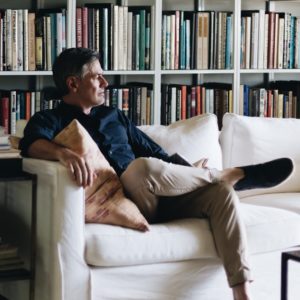
Jason Mowen
- XXXVIII LA Story by Michael Reid OAM April 2024
- XLIX Paddy’s Cottage November 2025
- XLVIII Washington DC by Michael Reid OAM November 2025
- XLVII The Outdoor Fireplace at Murrurundi by Michael Reid OAM October 2025
- XLVI Amelia Zander of Zander & Co. July 2025
- XLV Marlie Draught Horse Stud by Michael Sharp June 2025
- XLIV Trump Engulfed the Fires by Michael Reid OAM February 2025
- XLIII Newcastle by Jason Mowen October 2024
- XLII The Business of Gardening by Michael Reid OAM September 2024
- XLI Carly Le Cerf by Sarah Hetherington August 2024
- XL Pecora Dairy by Michael Sharp July 2024
- XXXIX Joseph McGlennon by Michael Reid OAM May 2024
- XXXVII Julz Beresford by Michael Sharp March 2024
- XXXVI Sydney Contemporary by Jason Mowen February 2024
- XXXV The US of A by Michael Reid OAM December 2023
- XXXIV Scone Grammar School’s principal Paul Smart by Victoria Carey November 2023
- XXXIII AgQuip by Jason Mowen October 2023
- XXXII Tinagroo Stock Horse’s Jill Macintyre by Victoria Carey September 2023
- XXXI The Old Gundy School House by Victoria Carey August 2023
- XXX Annette English by Victoria Carey July 2023
- XXIX The Ghan by Jason Mowen June 2023
- XXVIII All in the family: The Arnotts May 2023
- XXVII A Capital Plan by Jason Mowen March 2023
- XXVI Mandy Archibald March 2023
- XXV Paul West February 2023
- XXIV The Other Newcastle by Jason Mowen January 2023
- XXIII Mount Woolooma Glasshouse at Belltrees December 2022
- XXII Murrurundi to Matino: with Jason Mowen November 2022
- XXI James Stokes October 2022
- XX Adelaide Bragg September 2022
- XIX Tamara Dean August 2022
- XVIII Going home: Angus Street July 2022
- XVII Belltrees Public School June 2022
- XVI A Road Trip on the New England Highway May 2022
- XV David and Jennifer Bettington: from horses to houses April 2022
- XIV Denise Faulkner: Art of the Garden March 2022
- XIII Childhood memories: Willa Arantz February 2022
- XII Riding ahead: Giddiup January 2022
- XI Ingrid Weir’s rural life December 2021
- X Life by design: William Zuccon November 2021
- IX Life on the land: The Whites October 2021
- VIII Goonoo Goonoo Station September 2021
- VII Murrurundi: a garden playground August 2021
- VI Pat’s Kitchen July 2021
- V A creative life: Charlotte Drake-Brockman June 2021
- IV Magpie Gin May 2021
- III The Cottage, Scone April 2021
- II At home with Jason Mowen March 2021
- I A town that performs February 2021















